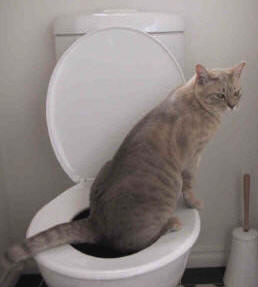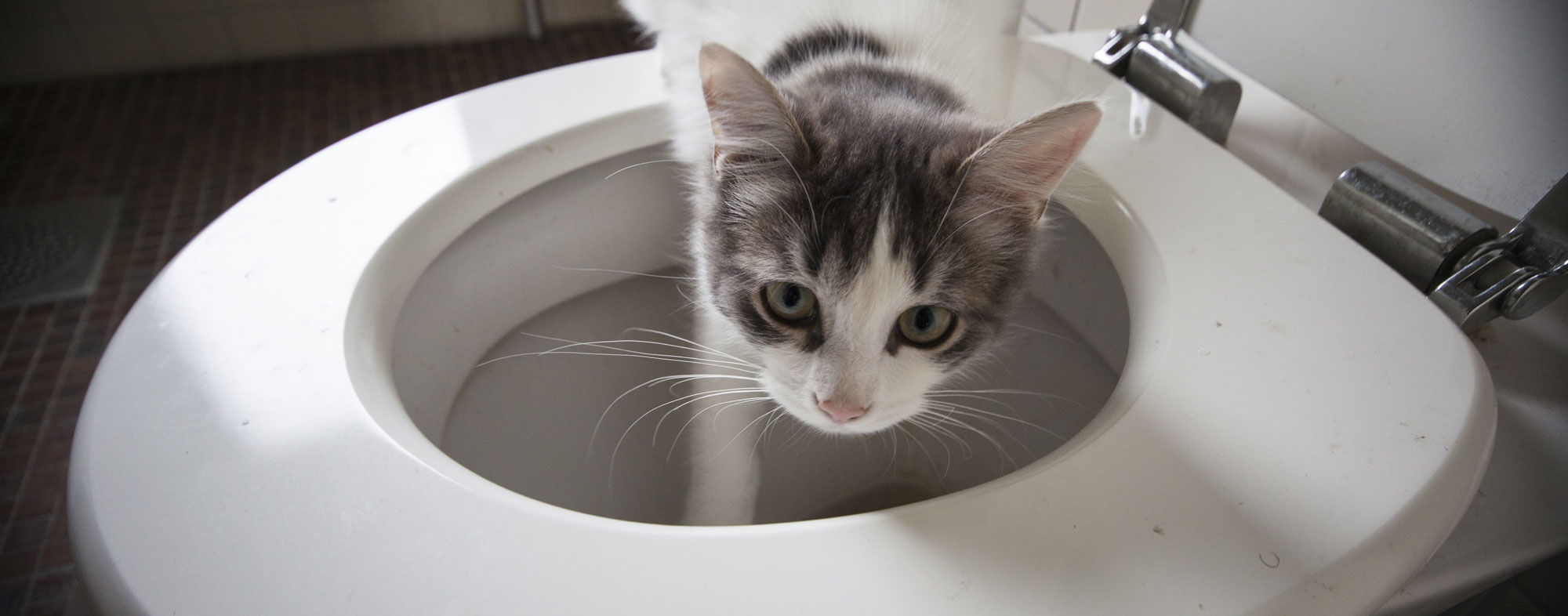Why Flushing Cat Poop Down Your Toilet Isn't a Good Idea - Tips for Proper Handling
Why Flushing Cat Poop Down Your Toilet Isn't a Good Idea - Tips for Proper Handling
Blog Article
This post listed below on the subject of How to Dispose of Cat Poop and Litter Without Plastic Bags is indeed interesting. You should check this stuff out.

Intro
As pet cat owners, it's important to be mindful of how we deal with our feline pals' waste. While it might appear hassle-free to purge cat poop down the toilet, this method can have damaging effects for both the environment and human health.
Alternatives to Flushing
Thankfully, there are much safer and a lot more responsible ways to deal with cat poop. Think about the complying with choices:
1. Scoop and Dispose in Trash
One of the most common method of disposing of cat poop is to scoop it into a biodegradable bag and throw it in the garbage. Make certain to make use of a committed clutter scoop and get rid of the waste immediately.
2. Use Biodegradable Litter
Choose biodegradable pet cat trash made from materials such as corn or wheat. These litters are environmentally friendly and can be securely disposed of in the garbage.
3. Bury in the Yard
If you have a yard, consider hiding feline waste in a designated area far from veggie yards and water sources. Be sure to dig deep adequate to avoid contamination of groundwater.
4. Set Up a Pet Waste Disposal System
Invest in a pet garbage disposal system especially designed for pet cat waste. These systems utilize enzymes to break down the waste, decreasing smell and ecological effect.
Health and wellness Risks
In addition to ecological issues, flushing pet cat waste can additionally present health and wellness risks to human beings. Cat feces might include Toxoplasma gondii, a parasite that can create toxoplasmosis-- a potentially severe illness, specifically for expectant females and people with damaged immune systems.
Ecological Impact
Flushing feline poop introduces hazardous microorganisms and bloodsuckers into the supply of water, posturing a substantial risk to aquatic ecosystems. These contaminants can adversely influence marine life and concession water high quality.
Verdict
Liable pet possession prolongs past offering food and shelter-- it also involves correct waste monitoring. By avoiding flushing pet cat poop down the commode and choosing alternative disposal techniques, we can minimize our ecological impact and safeguard human health and wellness.
Why Can’t I Flush Cat Poop?
It Spreads a Parasite
Cats are frequently infected with a parasite called toxoplasma gondii. The parasite causes an infection called toxoplasmosis. It is usually harmless to cats. The parasite only uses cat poop as a host for its eggs. Otherwise, the cat’s immune system usually keeps the infection at low enough levels to maintain its own health. But it does not stop the develop of eggs. These eggs are tiny and surprisingly tough. They may survive for a year before they begin to grow. But that’s the problem.
Our wastewater system is not designed to deal with toxoplasmosis eggs. Instead, most eggs will flush from your toilet into sewers and wastewater management plants. After the sewage is treated for many other harmful things in it, it is typically released into local rivers, lakes, or oceans. Here, the toxoplasmosis eggs can find new hosts, including starfish, crabs, otters, and many other wildlife. For many, this is a significant risk to their health. Toxoplasmosis can also end up infecting water sources that are important for agriculture, which means our deer, pigs, and sheep can get infected too.
Is There Risk to Humans?
There can be a risk to human life from flushing cat poop down the toilet. If you do so, the parasites from your cat’s poop can end up in shellfish, game animals, or livestock. If this meat is then served raw or undercooked, the people who eat it can get sick.
In fact, according to the CDC, 40 million people in the United States are infected with toxoplasma gondii. They get it from exposure to infected seafood, or from some kind of cat poop contamination, like drinking from a stream that is contaminated or touching anything that has come into contact with cat poop. That includes just cleaning a cat litter box.
Most people who get infected with these parasites will not develop any symptoms. However, for pregnant women or for those with compromised immune systems, the parasite can cause severe health problems.
How to Handle Cat Poop
The best way to handle cat poop is actually to clean the box more often. The eggs that the parasite sheds will not become active until one to five days after the cat poops. That means that if you clean daily, you’re much less likely to come into direct contact with infectious eggs.
That said, always dispose of cat poop in the garbage and not down the toilet. Wash your hands before and after you clean the litter box, and bring the bag of poop right outside to your garbage bins.
https://trenchlesssolutionsusa.com/why-cant-i-flush-cat-poop/

Do you really like more info about Can You Flush Cat Poo or Litter Down the Toilet?? Leave feedback down below. We would be delighted to see your opinions about this entry. We hope that you come back again before long. Do you know anybody else who is curious about the subject? Do not hesitate to promote it. Thank you for taking the time to read it.
Visit My Site Report this page